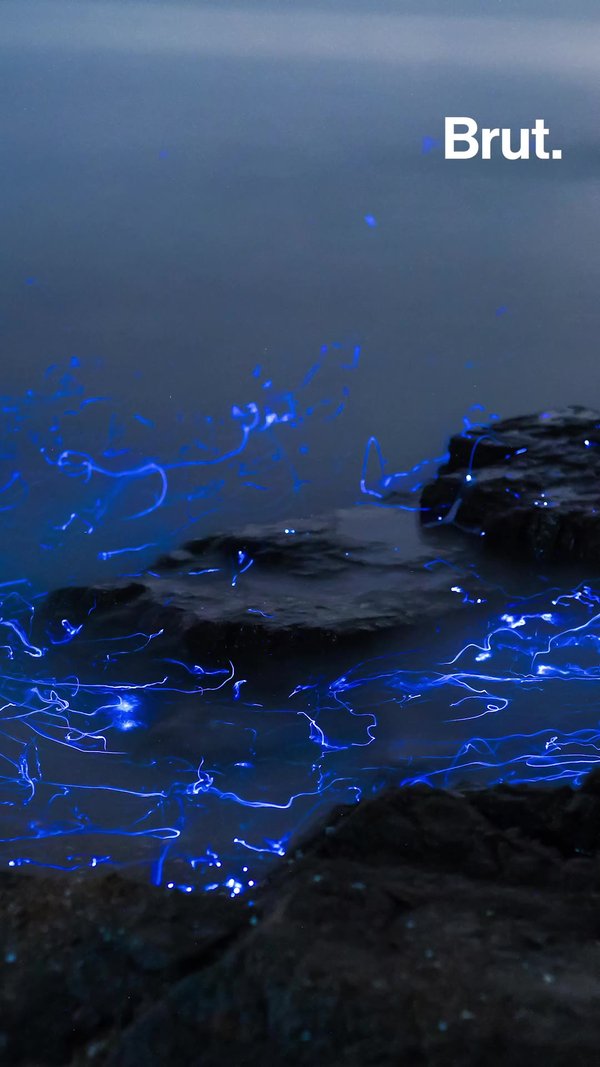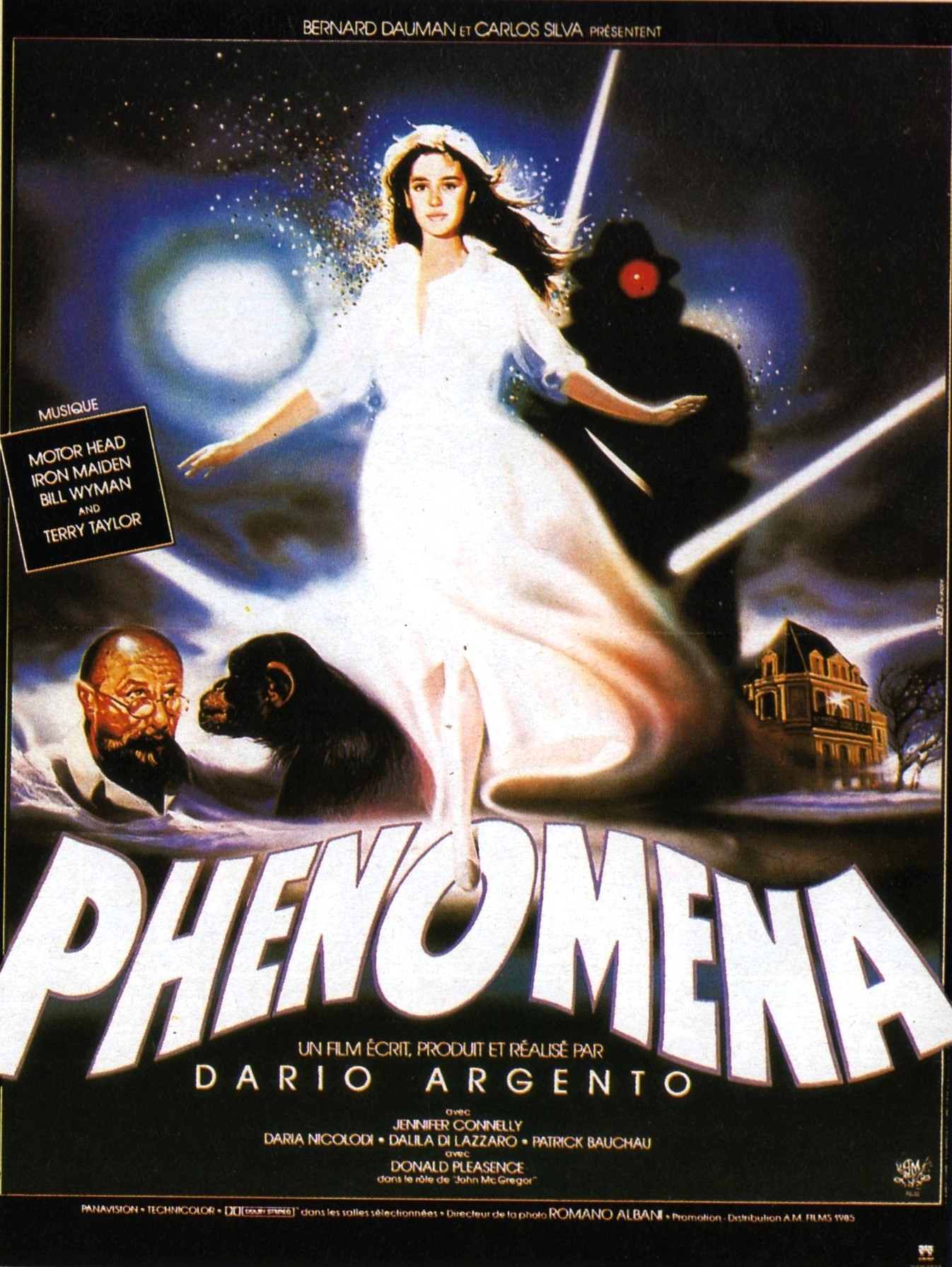A phenomenon is an observable event. In the science classroom a carefully chosen phenomenon can drive student inquiry. Find phenomenon →. A transient lunar phenomenon (TLP) or lunar transient phenomenon (LTP) is a short-lived light, color or change in appearance on the surface of the Moon.The term was created by Patrick Moore in his co-authorship of NASA Technical Report R-277 Chronological Catalog of Reported Lunar Events, published in 1968. Meteorological Phenomena Identification Near the Ground (mPING) is a project to collect weather information from the public through their smart phone or mobile device. The free mPING mobile app was developed through a partnership between NSSL, The University of Oklahoma and the Cooperative Institute for Mesoscale Meteorological Studies.
Exploring the latest in scientific discoveries from prehistoric life to missions to Mars. Unleash the power of arena scale in your entertainment center with the most cost-effective VR attraction on the market. Unlike a traditional costly VR setup, you can deploy a VR Arena in a few hours for less than 5,000$. Required Setup.
Phenomenology
Does this count as a chemical reaction?
How do we know?
What are the chemicals?
Why are they reacting?
Where is the energy coming from?
Where is the energy going?
How is is being released?
How was it stored in the first place?
Is there something about the material?
Can Crosscutting Concept questions help us figure this out?
1. What patterns do I notice in this phenomenon?
2. What are the boundaries of this phenomenon? What are its components and how do they interact?
Define Phenomenon

3. What is going on at the unobservable level to cause the observable features or processes?

4. What scale or scales account for this phenomenon and how do I describe it quantitatively?
5. How do energy and/or matter flow into, out of, or within the boundaries of the phenomenon?

Phenomenon

6. How does the structure of the phenomenon (or its components) relate to its function?
7. Under what conditions is this phenomenon stable? Under what conditions does it change?
(List originally from the brilliant educator Heather Milo !!)
DISCIPLINARY CORE IDEAS
PS1.A: STRUCTURE AND PROPERTIES OF MATTER
Substances are made from different types of atoms, which combine with one another in various ways. Atoms form molecules that range in size from two to thousands of atoms. (MS-PS1-1)
Solids may be formed from molecules, or they may be extended structures with repeating subunits (e.g., crystals). (MS-PS1-1)
PS1.B: CHEMICAL REACTIONS
Phenomena Pronunciation
Substances react chemically in characteristic ways. In a chemical process, the atoms that make up the original substances are regrouped into different molecules, and these new substances have different properties from those of the reactants. (MS-PS1-2),(MS-PS1-3),(MS-PS1-5)
The total number of each type of atom is conserved, and thus the mass does not change. (MS-PS1-5)
Some chemical reactions release energy, others store energy. (MS-PS1-6)
PS3.A: DEFINITIONS OF ENERGY
The term “heat” as used in everyday language refers both to thermal energy (the motion of atoms or molecules within a substance) and the transfer of that thermal energy from one object to another. In science, heat is used only for this second meaning; it refers to the energy transferred due to the temperature difference between two objects. (secondary to MS-PS1-4)
The temperature of a system is proportional to the average internal kinetic energy and potential energy per atom or molecule (whichever is the appropriate building block for the system’s material). The details of that relationship depend on the type of atom or molecule and the interactions among the atoms in the material. Temperature is not a direct measure of a system's total thermal energy. The total thermal energy (sometimes called the total internal energy) of a system depends jointly on the temperature, the total number of atoms in the system, and the state of the material. (secondary to MS-PS1-4)
What is the science behind this?? Note: do not look here until you have tried writing your own explanations! - http://jchemed.chem.wisc.edu/blog/how-does-orange-peel-pop-balloon-chemistry-course
Performance Expectation
MS-PS1-2.

Phenomenal Meaning
Analyze and interpret data on the properties of substances before and after the substances interact to determine if a chemical reaction has occurred. [Clarification Statement: Examples of reactions could include burning sugar or steel wool, fat reacting with sodium hydroxide, and mixing zinc with hydrogen chloride.][Assessment boundary: Assessment is limited to analysis of the following properties: density, melting point, boiling point, solubility, flammability, and odor.]
The Mathematical Modelling of Natural Phenomena (MMNP) is an international research journal, which publishes top-level original and review papers, short communications and proceedings on mathematical modelling in biology, medicine, chemistry, physics, and other areas. Read more
For further information or to join the programme, please contact us.
Phenomena
| 187 |
| 87 |
| 85 |
| 64 |
| 55 |
